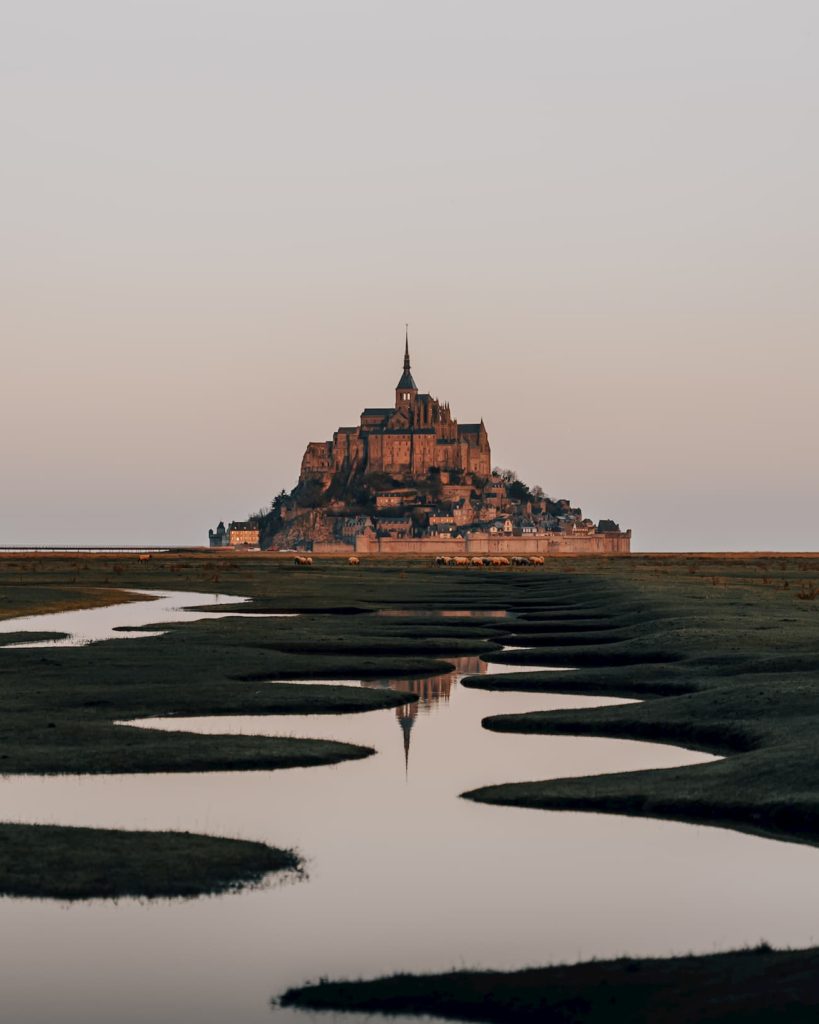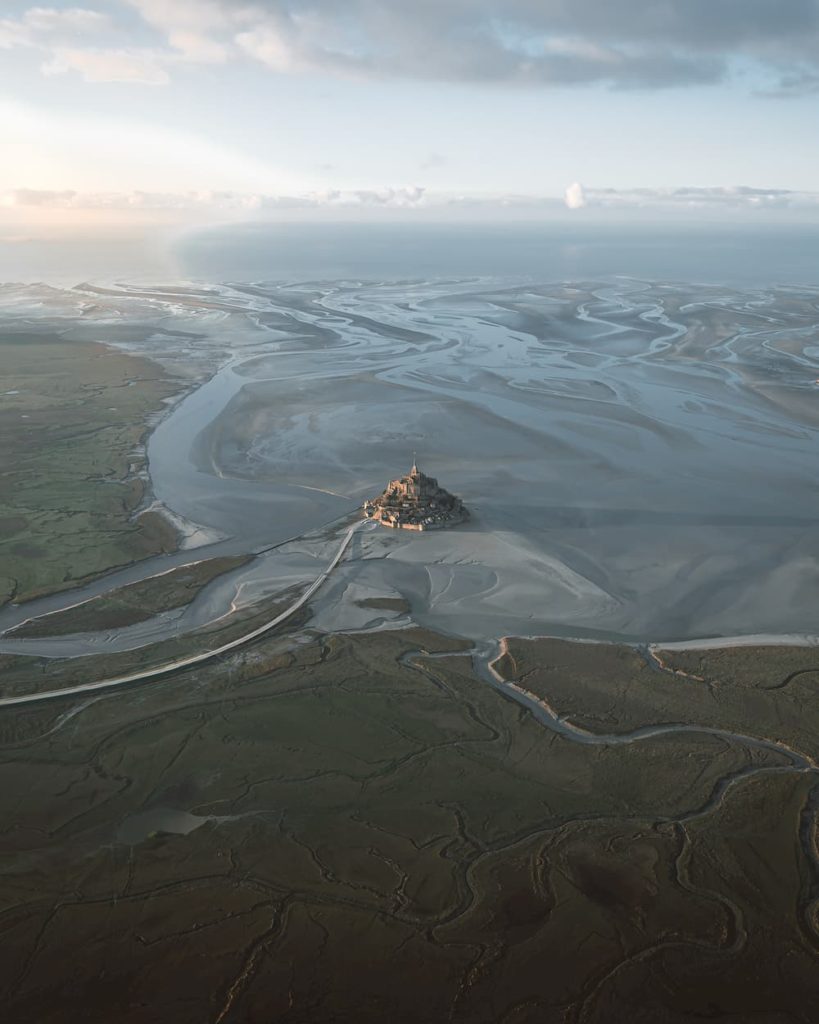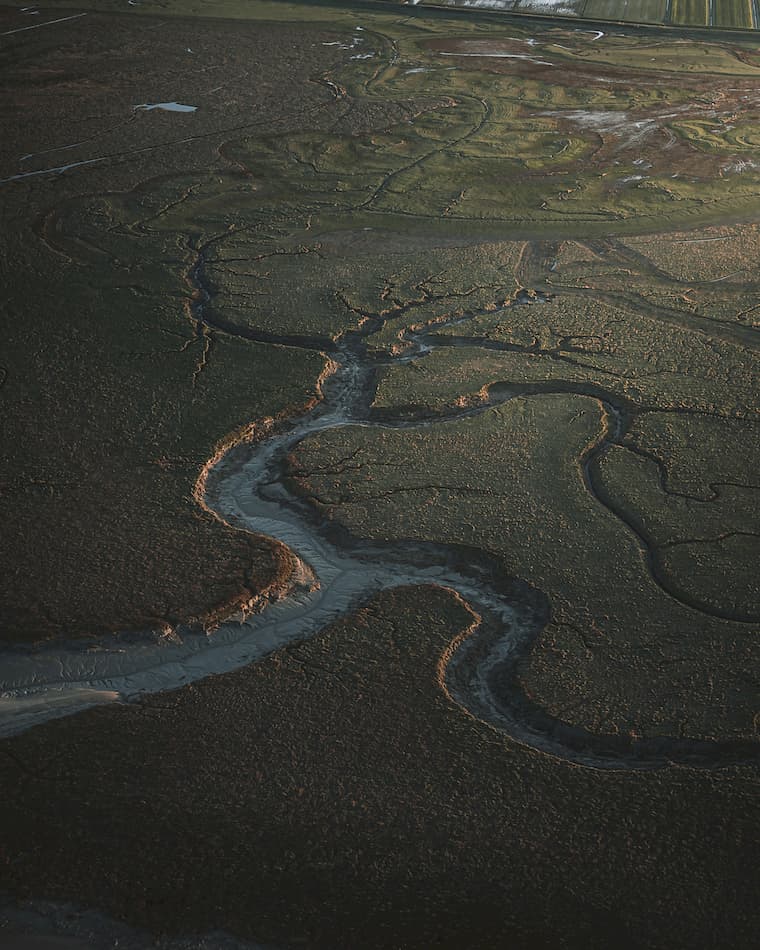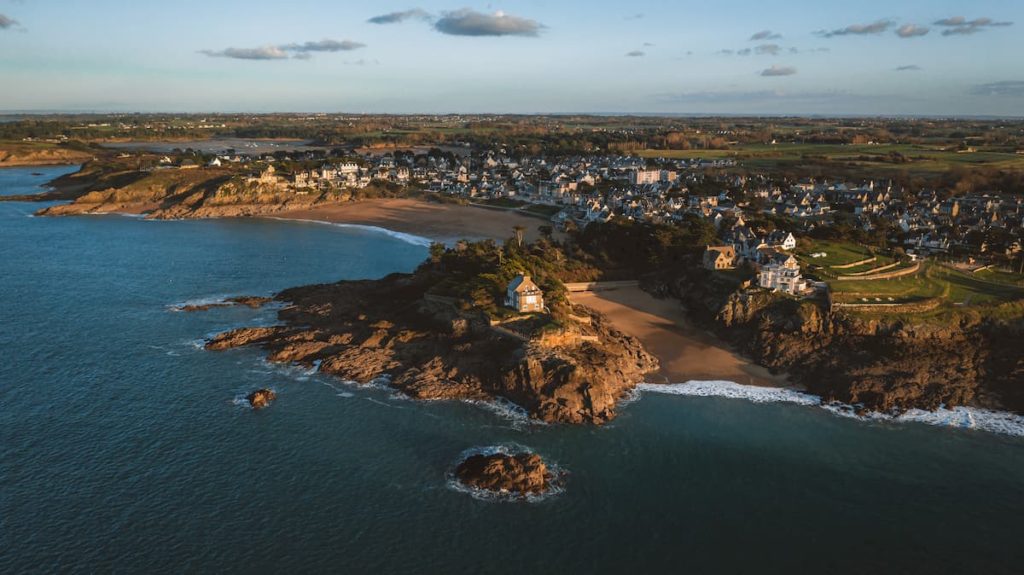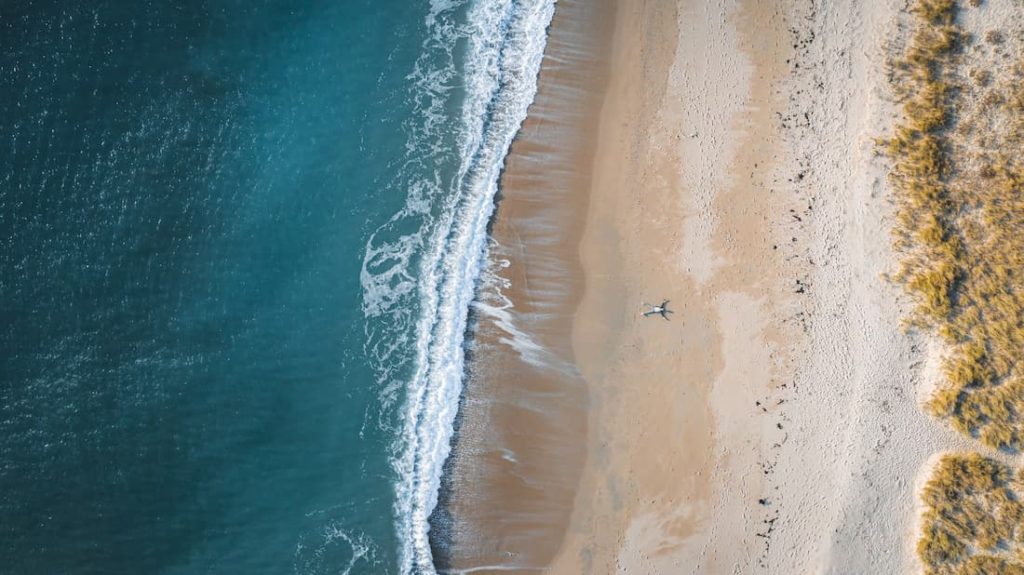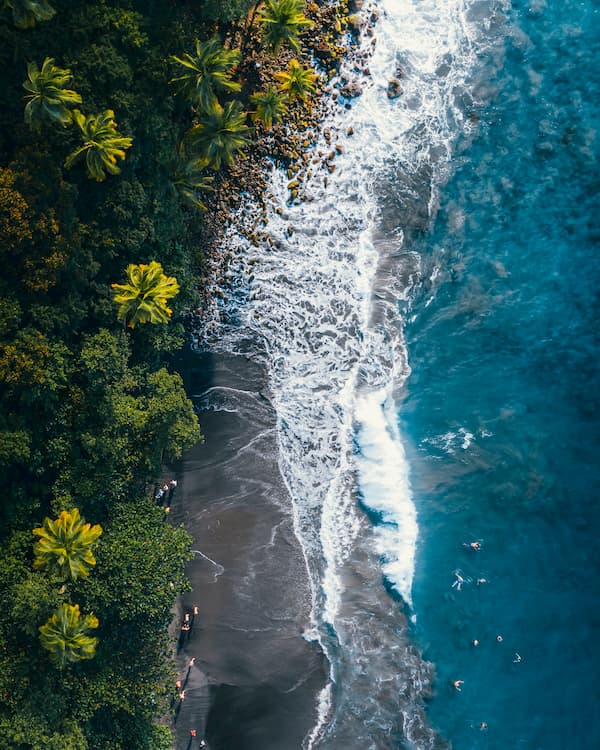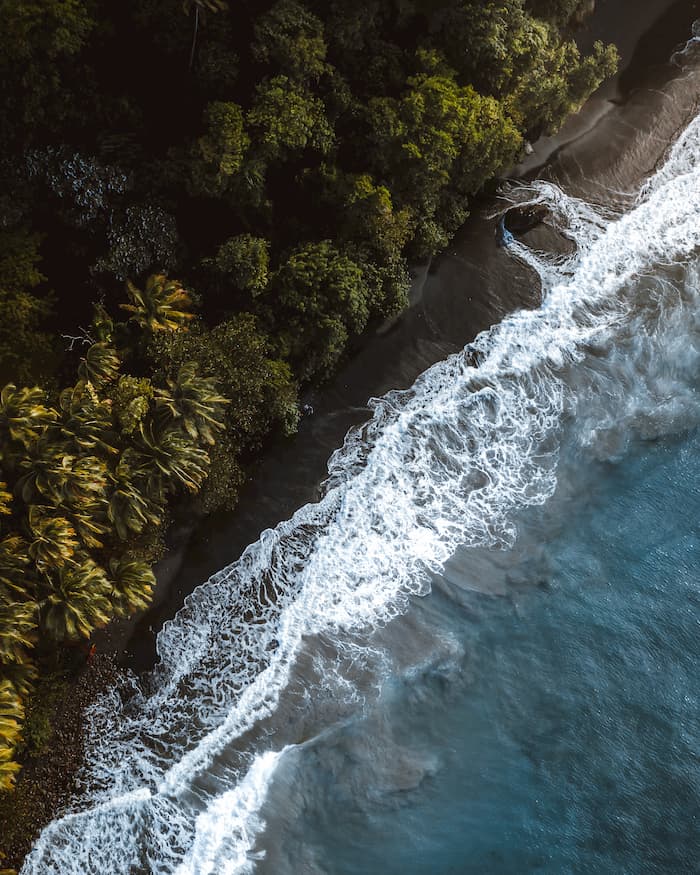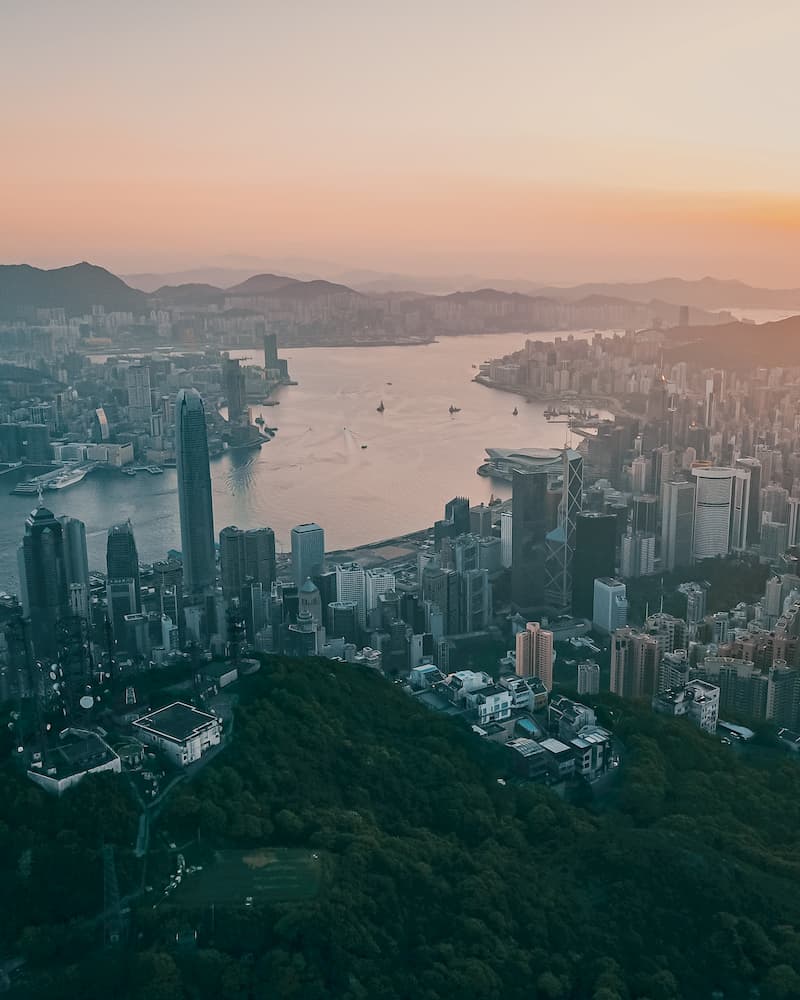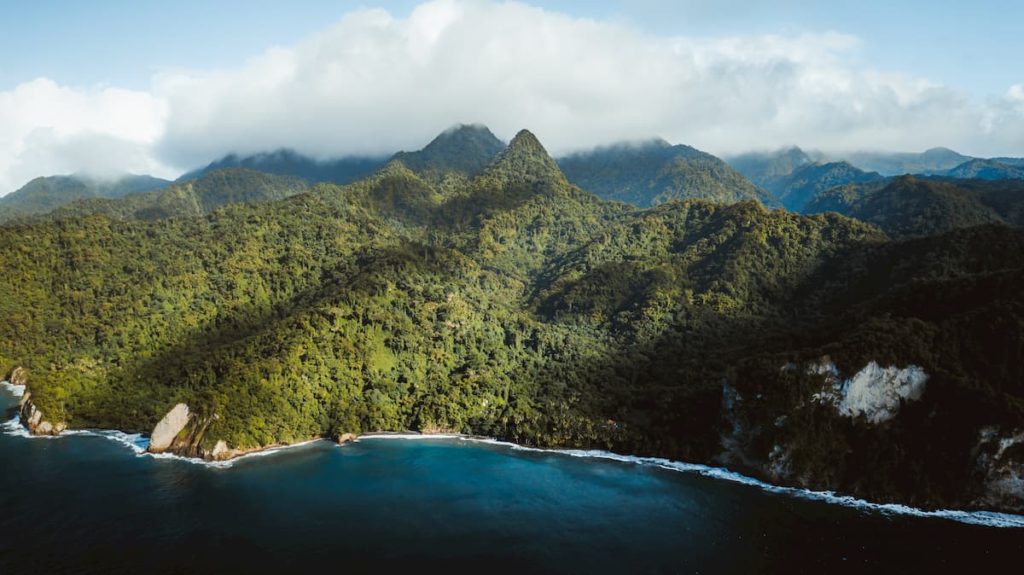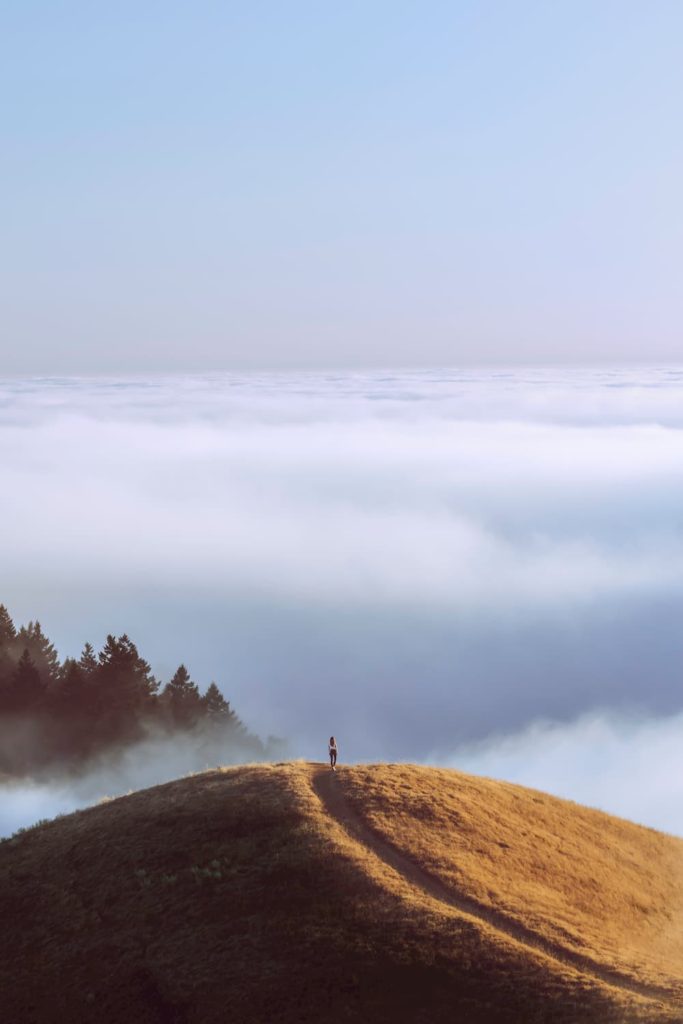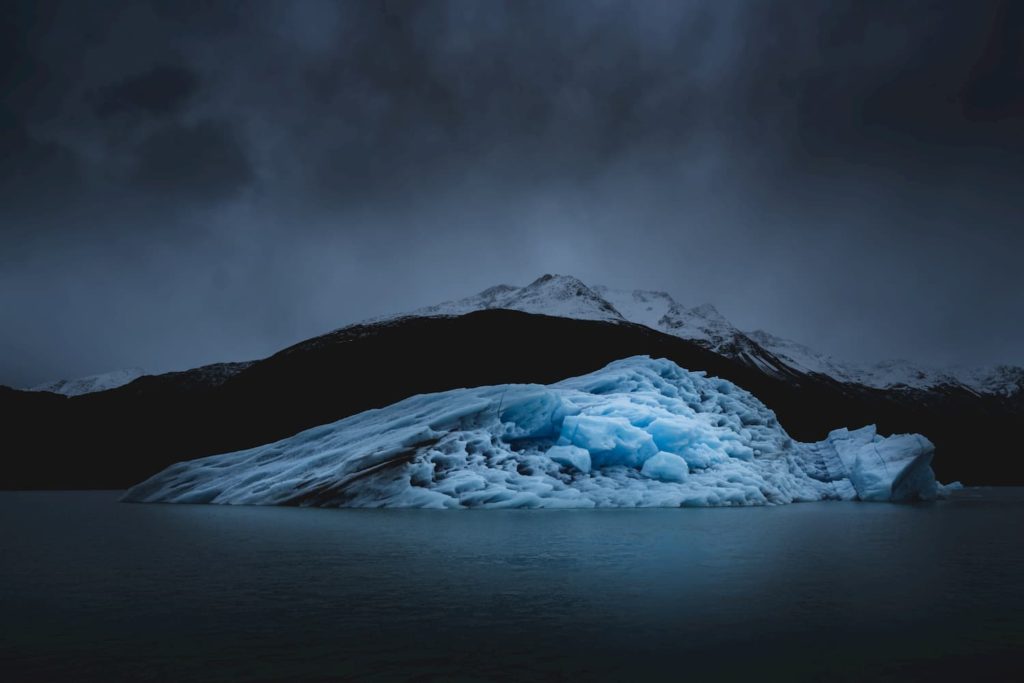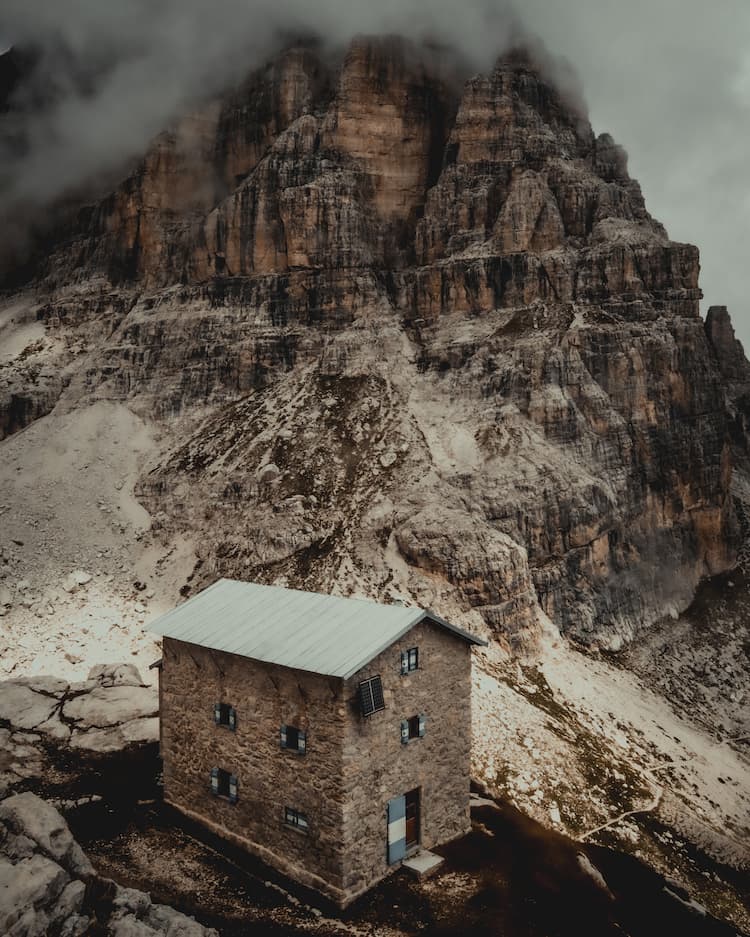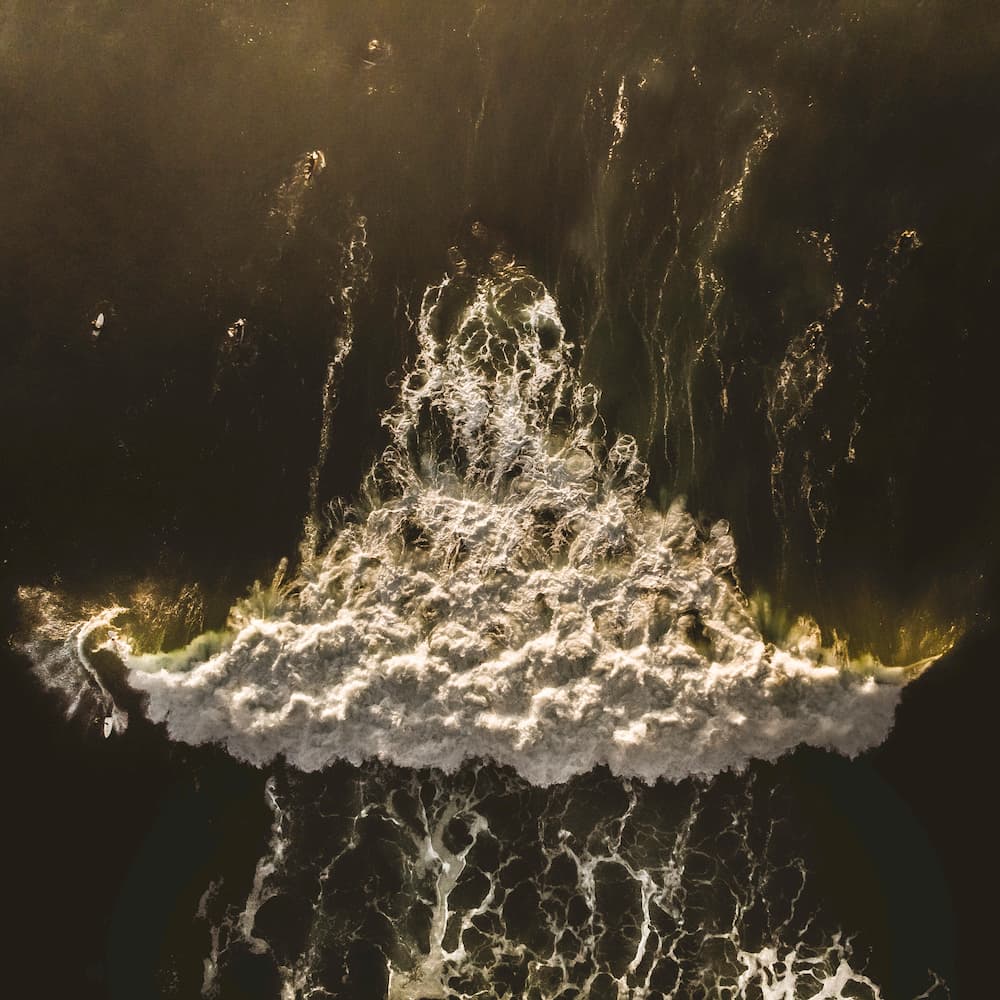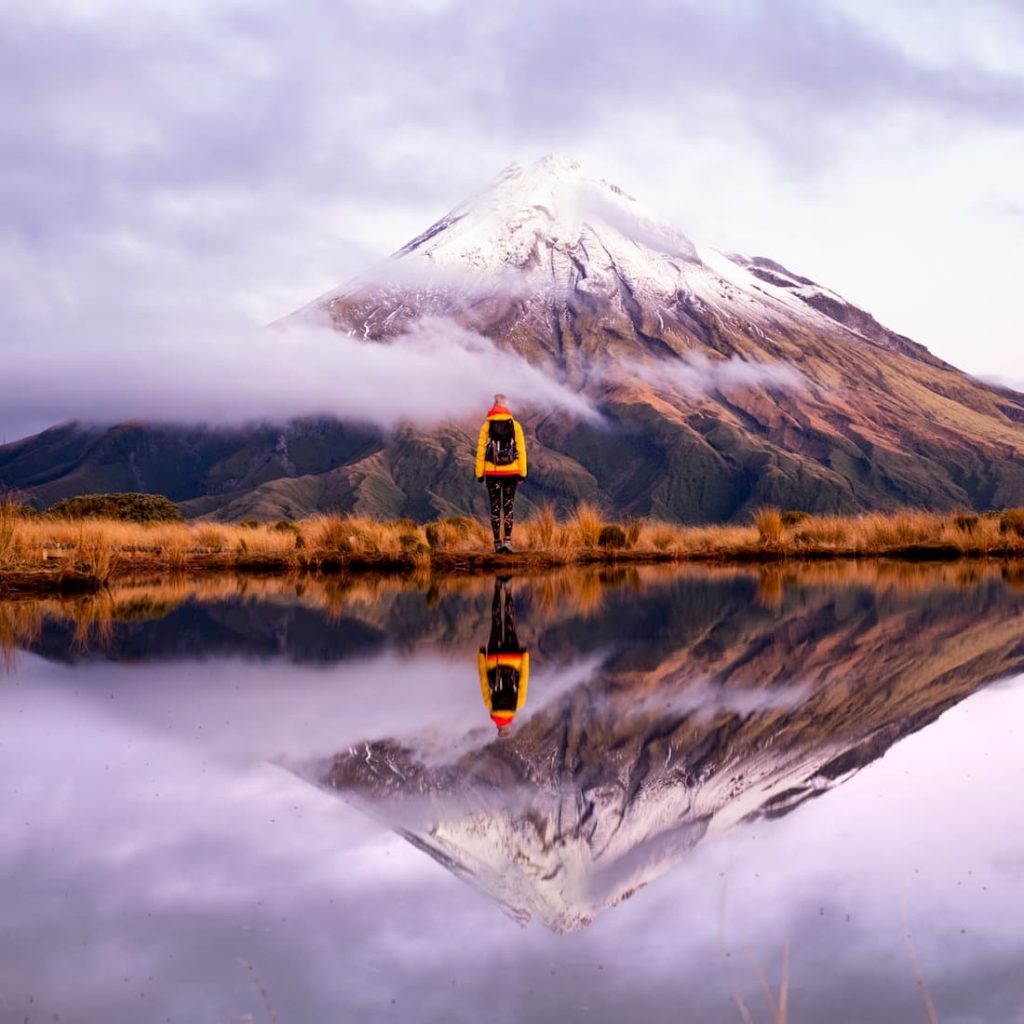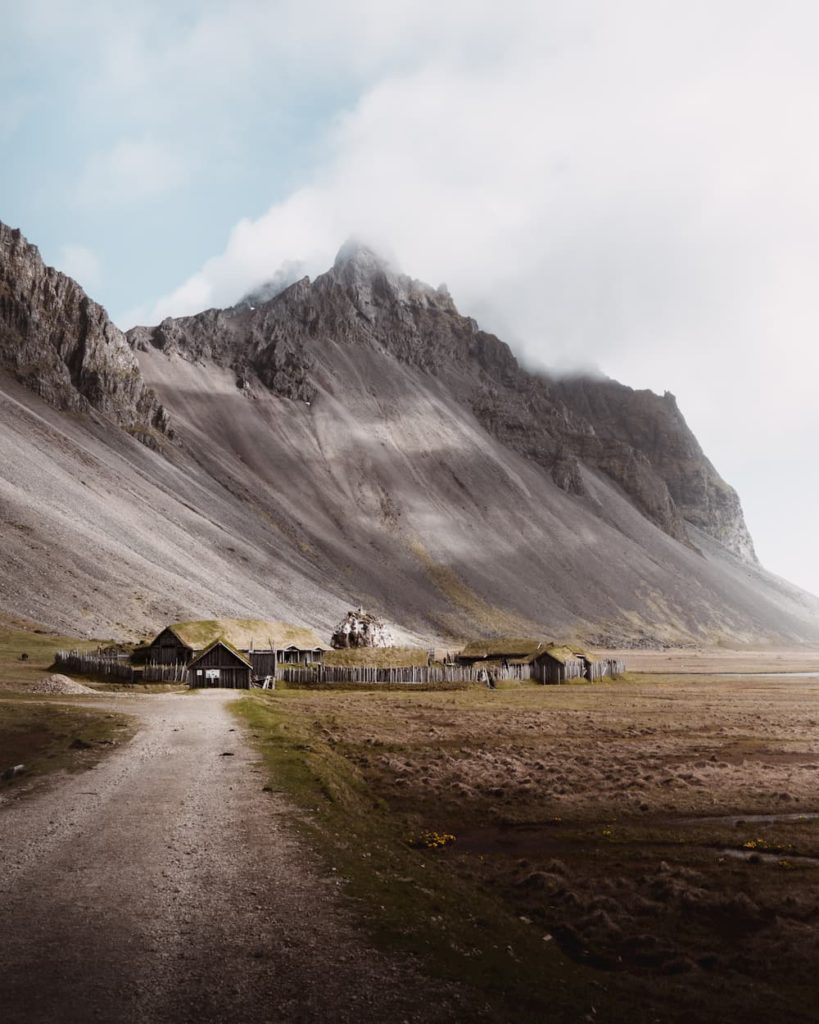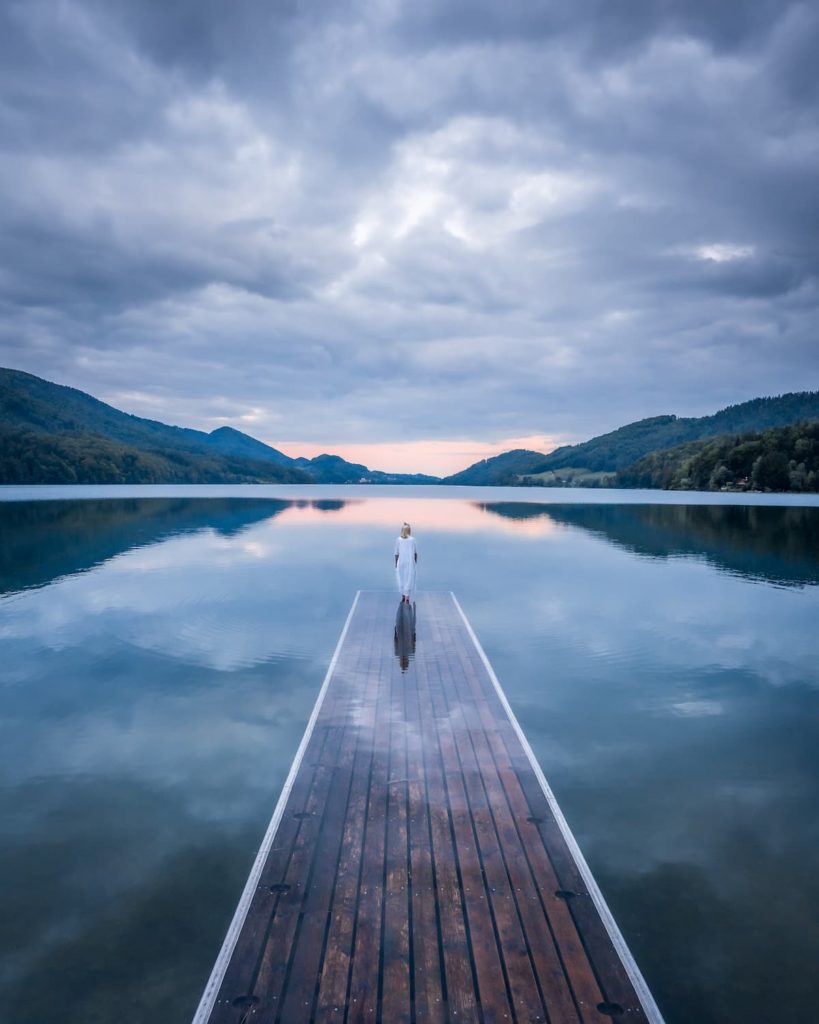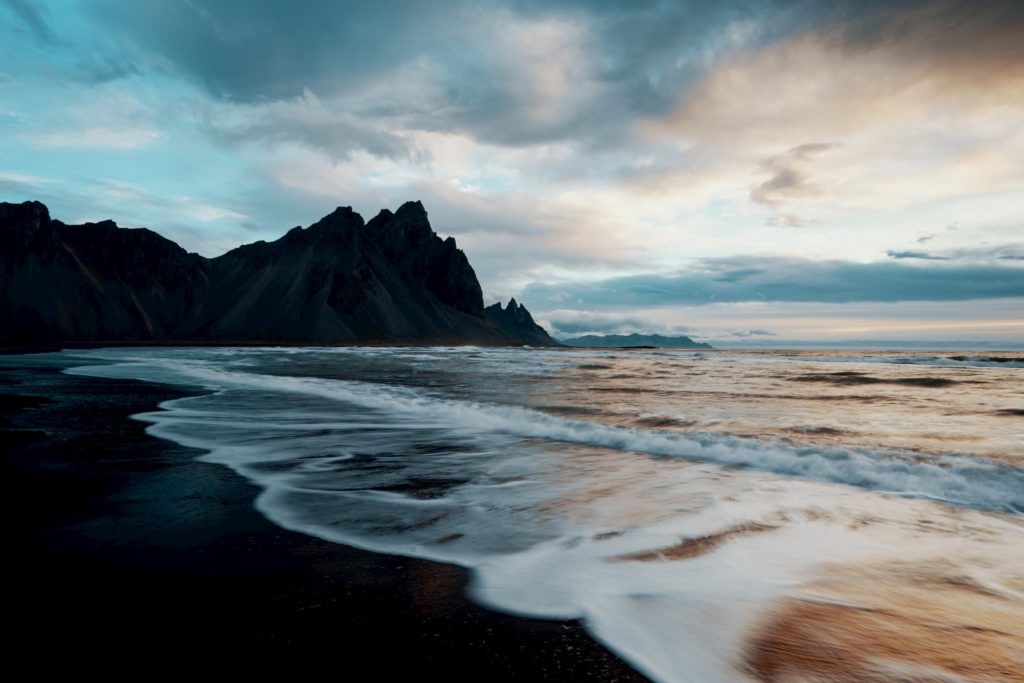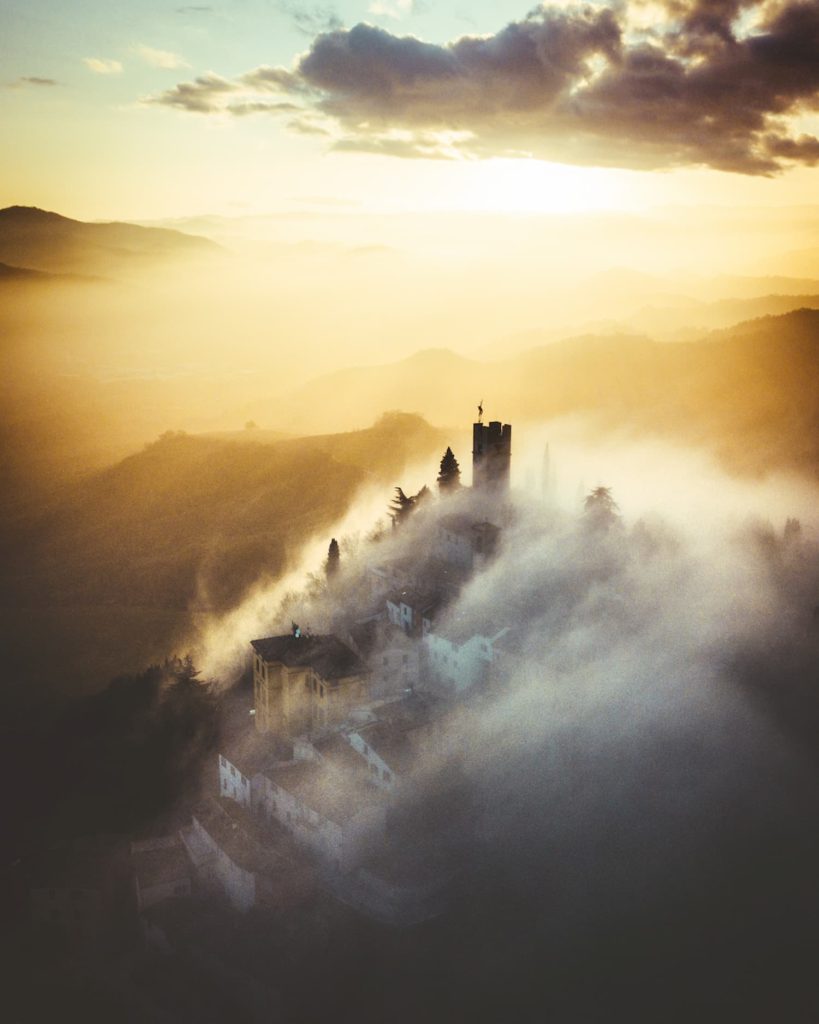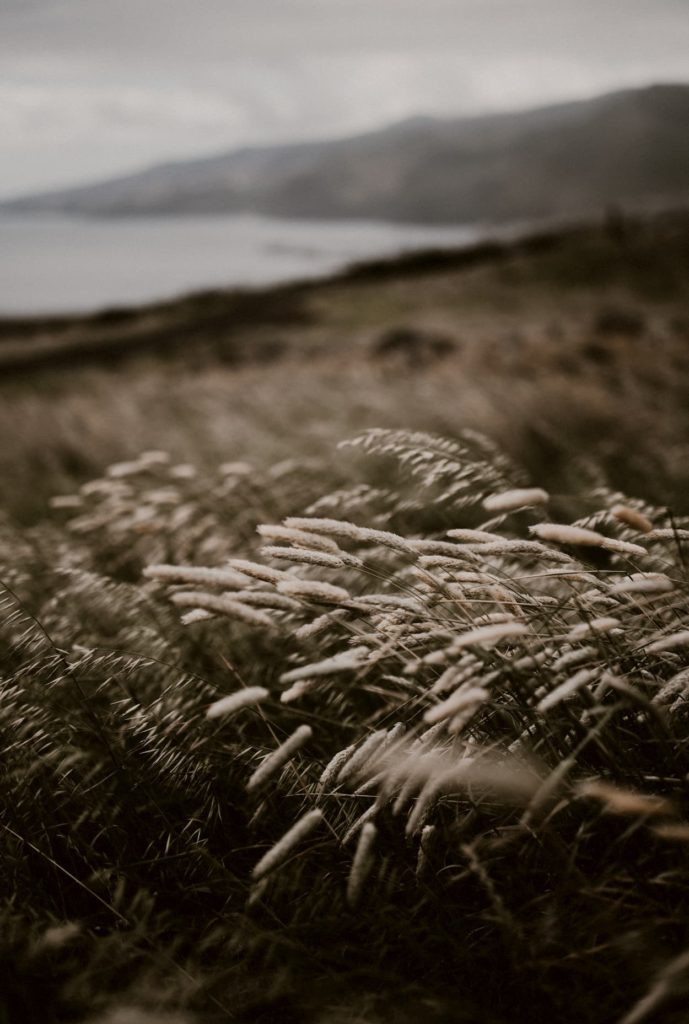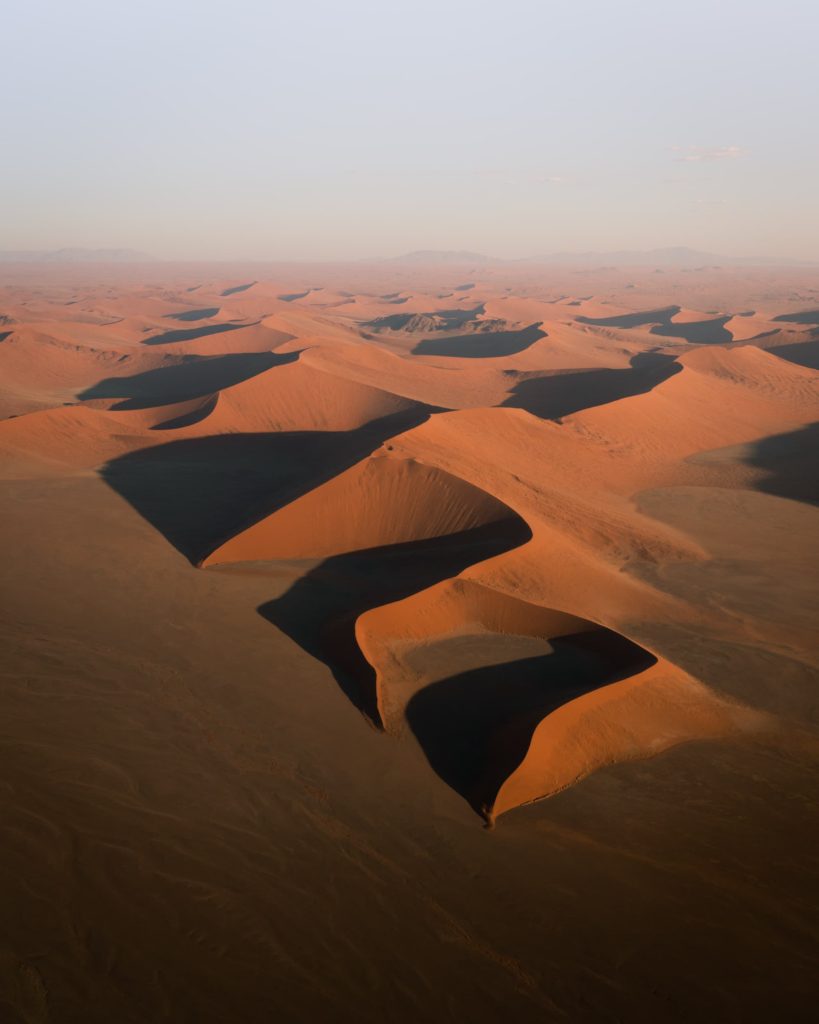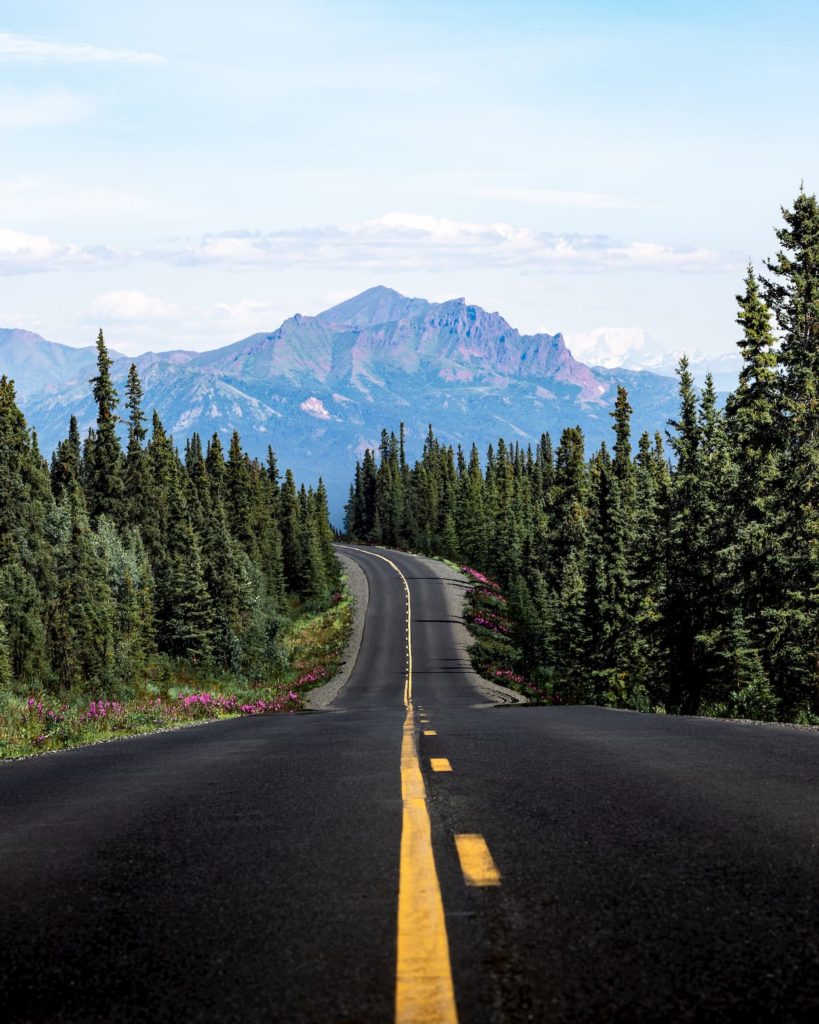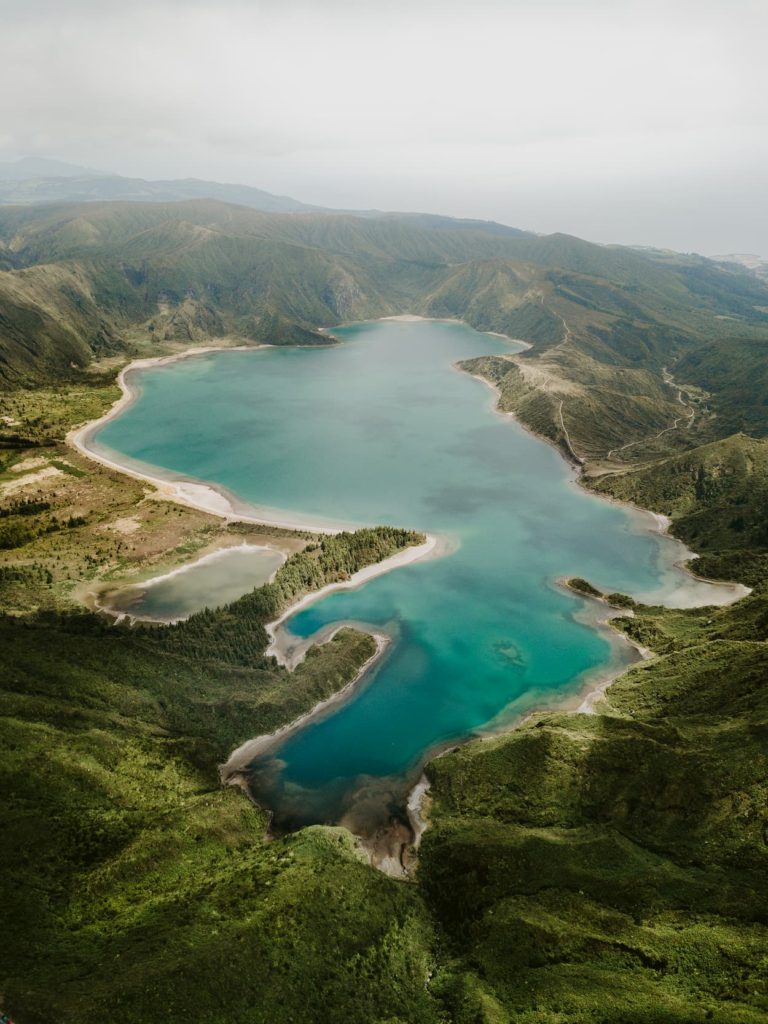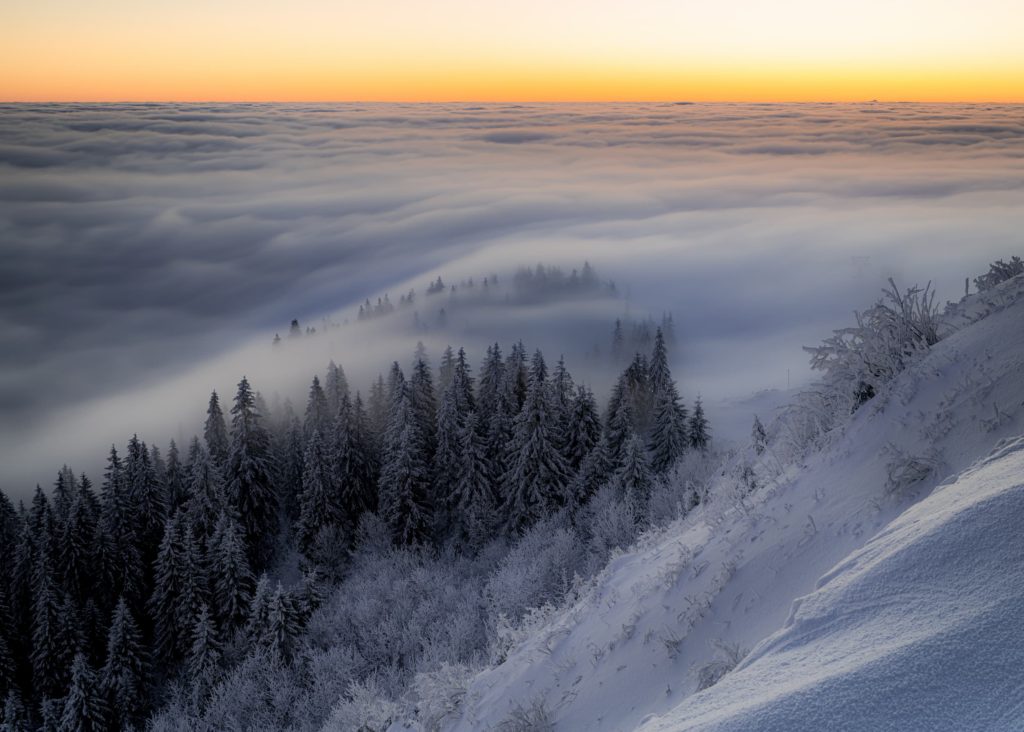
Guillaume Le Chanu
@glechanu
Landscape photographer based in France
On Christmas 2015 I received my first reflex camera, but I started with photography long before that. I think I was at the end of college when I took my first photos, with an iPod Touch and no knowledge about the matter. I brought it on family ski trips and summer holidays, and to school trips abroad. It was mainly to create memories with friends, and not so much about creating something aesthetically beautiful. As the years passed by, I got my first phone, an iPhone 4s that time, and finally a GoPro, the Hero 3 Black. Here I began to realize that I really enjoyed taking photos and making videos, and I felt the need to truly understand what I was doing.
"Never did I think that it would become my job several years later."
With the GoPro I made my first videos, shooting many outings with the mountain bikes since we did that a lot within my family and among friends. Once I switched from the GoPro to my first drone there was a tipping point. Bringing the drone with me wherever I went, I began to cross Brittany, the region where I live, in search of beautiful spots on the seaside. I also brought it to the Canary Islands, La Palma, where I went to empty my mind after the break up with my first girlfriend. It was an act of escapism that turned out to be the inspiration to create my Instagram account in order to share the hundreds of photos I had been taking. My enthusiasm for visual creation was only stimulated and a continuous desire to shoot and share resulted in acquiring more professional gear little by little. Now I work with a Sony A7III, a Mavic 2 Pro, a Ronin S for videos and two GoPro cameras (Hero 7 and MAX).
"When I finished my studies in Business, I decided to be brave."
Without having had any formal education around photography, video, or art in general I registered myself as a freelancer. It has been two years now and it is my full time job. Unceasingly I train myself on the craft through the internet and practice and I invest in new equipment when I feel I need it to improve on the content that I create. With all the learning material, inspiration, tools and gear that I’ve gathered over time my apartment is characterized by a “photography chaos”, which I really like.
"Once I was registered as a freelancer, the challenge of finding clients started."
I believe that the most crucial in this process is to get your name out there and create a network, which is an ongoing part of the job. Lots of “research and development” has to be done and making compromises is part of the start too. In order to build a portfolio, you have to accept work almost for free which then allows you to show to future clients what you are capable of creating. Also as a photographer you have to be able to sell yourself and your services. My studies in Business have been very useful here!
I have learned a lot from some great photographers I follow on Instagram such as @ryadoug, @shortstache, @justkay, @samkolder, @brunomaltor and many others. Whenever I see an editing style or visual effect in a video that I love I search to understand how the creator achieved that result. This helps me to step out of my comfort zone and to keep evolving my style, improving my technical skills and learning new tools within the softwares I use for my work. In addition to that, Youtube is an unbelievably big source of information, I have learned a lot from there but sometimes it takes lots of time to find the right video for me to learn what I really wanted to learn. So every now and then I enroll in an online course to delve a little deeper into a specific domain or topic. Udemy for example is a platform that I’ve used to learn the basics of Photoshop and After Effects. The good thing is that most of the courses are very affordable with prices of less than €50.
As well, I try to work on projects for clients together with people more experienced than I am. This allows me to learn from them directly on the job, which I would say is very helpful and effective as you can see in various forms and in real life how others apply what you have learnt about in different online courses. This has boosted my skills and professional development a lot! Over time I have touched upon many pillars within the world of photography and now I am quite versatile. I can do photo and video for either tourism agencies, events, weddings, businesses, brands, and so on. I am also very much into sports. I was born into a family of sportsmen and since I was little I have practiced a lot of sports such as mountain biking, road cycling, running, swimming, golf, football… It is always a pleasure to participate in this kind of event but with my camera, the joy doubles.
"I find that travel and sports projects are the genres where I am most creative."
Nevertheless, it feels good to know I can manage projects from beginning to end, from first client contact to delivery of the visuals, and to be versatile. This allows me to pick up many projects, build a network and establish a strong portfolio. In the current situation, it also results to be very useful and low risk as projects for big events for example were cancelled, I have still other projects that could continue despite the covid-19. However, out of all, landscape photography and videography would still be my absolute favorite. When I manage to bring my passions together and make money with it I am the happiest. It’s really my ultimate goal to be lucky enough to only do outdoor related projects during a trip, but first you have to be able to stand out and have quality content. As long as I don’t have enough contracts in this industry, I can’t take the risk of stopping all other projects in the distinct genres. I feel this is a gradual process, which I am patiently enjoying.
I always try to create content that corresponds to me, the genre I shoot, and the desire of the client. For my photos I love to combine deep blacks with warm tones. The rendering should be “smooth” without too much clarity, by removing the grain that there might be I find that I get a better result. The account that inspires me to do this is @shortstache. The editing of her photos is so amazing! For my videos, I prefer short shots to bring dynamism. I try to make very clean transitions that match together well to maintain a storyline and catch the attention and evoke emotions. Of course this depends on the type of client and the goal of the photo/video. I am a perfectionist and work hard to create something that pleases me and makes me feel confident about what I deliver to clients.
One utterly important thing I think when working with clients is the “right of use” of the photo/video that you create, defining together with the client what the photo will be used for, the means of dissemination, to whom it will be distributed and to how many people. We have to be able to estimate the value of our work in the artistic field at the right price but also take into account the cost of making the photograph/video in question. This is not that easy, especially at the start, and many people who are not working in the field or not working too much with visual creators don’t always realize the value. Still, I find selling a photo to be more complicated than selling a video and find myself sometimes explaining or “defending” the value of my work.
Visual content is a huge influencer, whether you are “an influencer” or not. Visuals will always evoke curiosity, desire or emotion. I enjoy seeing the effect my work has on my direct environment. Thanks to the photos I share on Instagram, I have quite a few friends asking me for places to visit not far from home. I must say that I have already done four road trips in Brittany so I am starting to know quite a bit in this part of the country!
Shooting outdoors is a way for me to escape, to connect with nature. Sometimes you find yourself alone in the great outdoors, it’s so relaxing! It also allows you to discover the country and new spots within a certain region. Traveling abroad usually requires a bigger budget, so when I am home “waiting” to leave again, I take full advantage and explore Brittany. It’s always a pleasure to discover my region and capture its different faces.
"I have done four road trips so far and my favorite place is the Crozon Peninsula in Finistère."
With its wild side and a small touch of the south of France, it is a must-see location if you ask me! The water has an incredible color especially at the beach of the virgin island. In addition, there are a lot of other cool places around like Pointe de Pen-Hir, an incredible spot to watch the sunset. My second favorite spot is Cap Fréhel in the Côtes d’Armor. It’s not very far from where my parents live so when I was younger I used to go there regularly. It is a cape in the north of Brittany with its famous lighthouse. This is a great place to admire the sunset too. Saint-Malo would be my third favorite spot. It is a city steeped in history with a historic city center between ramparts. It is one of the closest coastal towns from where I live now (in Rennes, the capital of Brittany). There are a lot of people in high season so I try to go around April/May or September/October to avoid the crowd. There is a dike at the port which is, again, an incredible spot for the sunset. In short, Brittany is magnificent! There are so many more spots worth seeing.
"Far from home, the most remarkable sunrise I have ever seen was in Hong Kong, Victoria Peak, in 2017."
We were in Hong Kong for one week with two friends. For all of us, it was our first time in Asia. We were visiting places during the day, while partying at night (that time I wasn’t that much into photography yet…) The night before I would see the most gorgeous sunrise at Victoria Peak we went out in Lan Kwai Fong district until 5am. Sunrise would be around 6.30, only one and a half hours later. When leaving the club we said to each other: “If we are not staying up now, we will never see the sunrise.” So, we began our hike to the summit as it was early and no trains were going up yet. Without sleep, without having eaten and with pain in our legs, we managed to hike up the steep slope and reach the summit exactly on time. The view that we saw upon arrival made us forget all the struggle – it was magnificent. The sun slowly rose behind the city below, lightning up the scene and taking away our fatigue. Unfortunately I don’t have beautiful photos from that moment as I wasn’t that obsessed about photography just yet – but I hope to return one day to relive my memories and capture new ones!
For now, travel is restricted, but I had the chance to take one of my favorite photos on my only trip off the continent this year, in January. It was taken in Martinique, an island of France in the Caribbean sea, on the beach of Anse Couleuvre. I love the photo that much because it brings out all the richness of Martinique showing its wilderness, its turquoise water and Mount Pelée in the background. The landscape is simply stunning, with the structures, colors, and shapes. That day the conditions were quite complicated with a light rain that came from time to time and a very strong wind. I took the risk of taking this drone shot anyway because I didn’t want to regret not having done it. I was in awe and I wanted to capture the moment, my feelings, and immortalize both. So I launched my drone and searched for the best composition before taking the shot. I was quite stressed when flying back because it had to go against the wind, slowing down the speed of the drone and the battery was starting to run out. The drone finally arrived with only 10% battery life and being super hot, but I’m very happy with the result!
"It is the wallpaper on my computers and it does exactly what I want my photos to do, provoking emotion. Whenever I look at it, I feel happy and grateful."
Would you like content like this sent to your inbox?
MUST READ STORIES OF SEPTEMBER
MUST READ STORIES OF AUGUST
MUST READ STORIES OF JULY
MUST READ STORIES OF JUNE
MUST READ STORIES OF MAY
NOMADICT
ART GALLERY
THE LATEST STORIES
WRITEN WITH PASSION TO INSPIRE YOU
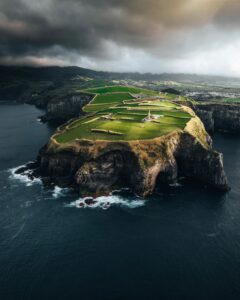
Photo tour in Azores, Portugal
Join us in the Azores for a unique photo tour, where you’ll elevate your creative skills with expert guidance from Ronald Soethje, Bruno Ázera, and Nomadict.
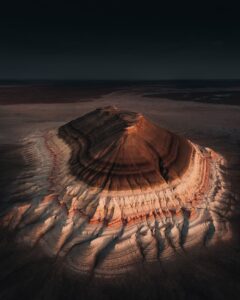
Forest Kai (@forest1kai): Photographer based in the US
In this article, Forest shares how years of chasing scale, silence, and raw landscapes shaped his approach to photography, from the deserts of Kazakhstan to the volcanic ridges of Iceland. He talks about how he uses light, texture, and vast negative space to create images that feel both intimate and overwhelming.
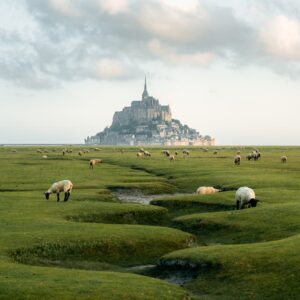
Simon Hechtbauer (@roamwithsimon): Best of the Week 32 at #nomadict
Simon shares the journey behind his photography, from early inspirations to field techniques, editing, and the story of the winning shot that shaped his path.
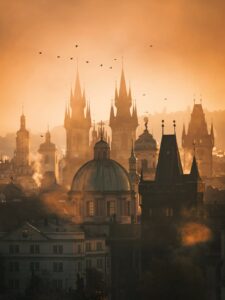
Miroslav Maršík (@miromarsik): Photographer based in Czech Republic
In this article, Miro shares how his love for cinematic music evolved into a deep passion for photography and how he uses light, color, and atmosphere to turn the streets of Prague into living film scenes.
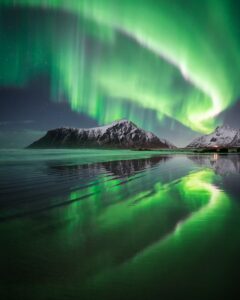
Aurora photography panorama workflow: A guide to camera settings, editing, and color
In this article, Stefanie reveals how her background in physics sparked her passion for astrophotography and how she blends science with creativity to capture the beauty of the night sky. Readers will discover her approach to color, contrast, and editing, as well as her aurora photography workflow.

Yhabril (@yhabril): Best of the Week 33 at #nomadict
Spanish photographer Yhabril captures the profound connection between humans and the mountains that shaped him. Growing up in the Pyrenees, his work bridges outdoor sports, landscapes, and celestial scenes — often blending athletes, moonlight, and wilderness into striking visual stories.
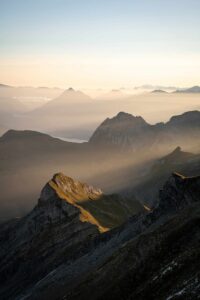
Ariane Totzke (@besondersschwierig): Photographer based in Switzerland
In this article, Ariane shares how photography helped her navigate personal challenges, connect authentically with people and animals, and develop a philosophy rooted in empathy and artistic freedom. Readers will also discover her ethical approach to wildlife photography and her trusted equipment for both camouflage techniques and cameras.
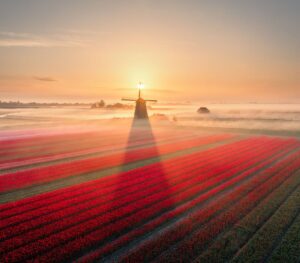
How to photograph Dutch tulip fields: A guide to light, gear, composition, and colors
Discover how to photograph Dutch tulip fields in their most magical light. From choosing the right gear and lenses to mastering composition, color, and aerial perspectives, this guide shares creative techniques to capture the beauty of the Netherlands’ tulips. Learn how light, color grading, and proportion bring emotion into every frame.
